
As part of an ongoing series, we recently sat down with members of Flad's science and technology team to discuss the future of the scientific workplace.
The Hypothesis:
conversations on scientific
research environments
Technology Impacting Labs: AI, Robotics, Balancing Data Space and Wet Labs
As part of an ongoing series, we recently sat down with members of Flad's science and technology team to discuss the future of the scientific workplace.

Philip Ra
AIA, LEED AP, BD+C
Principal, Design DirectorPhilip's passion for both architecture and technology has led him to be an innovator in the use of digital technology
during building design. With more than 30 years of experience, he brings a strong background and a working knowledge
in architecture, as well as an abiding interest in the ways that algorithmic and semi-autonomous computation can
validate and strengthen architects' design concepts. Integrating these digital instruments during the design process
refines the design to develop optimal building conditions, enhancing the goals and objectives of the project.
Q: How will advancing technology impact research spaces in the future?A: In general, scientists have a clear objective of what they want to achieve with their research. I don't think that will change much. But what is changing is the arsenal of different types of tools that they need, and I think there's more of a collaborative need. Similar to how the whole world experienced COVID together with this collective energy that we all had to figure out solutions together, we're going to be addressing AI in the same way, trying to figure out how to work most effectively with AI.
In a recent programming meeting, we had wet lab and computational researchers. They had the opportunity to divide their spaces in their own fiefdom, but they purposely said, "I want to see what others are doing," which is not very common. A lot of these people usually want their own space.
But they were willing to share, thinking "I can go into my office and do my work, but I also want to see what others are doing," so I think this is a collective direction where we may be headed that normally you don't see.
Q: How do you see more hybrid office situations impacting the lab if people aren't necessarily tied to the bench all day or can do some research remotely?A: I think robotics come into play. In wet labs where people are doing very challenging experiments, I wouldn't be surprised if in the future they would have a full-time robot that does most of the work and is controlled remotely.
Automating that process will be the new frontier. I imagine with AI, we may see more researchers computing many scenarios and then using robots to simulate these scenarios in real life. Then the researchers may come to the lab to work in parallel with the automated processes and validate their work.
Q: What is the biggest lab planning and programming challenge you've encountered with a client recently?A: In recent work-group sessions with biological sciences and health sciences, researchers are constantly requesting more physical space, but also data space. They're running out of data space, and they want their own servers because it costs more to get a private server somewhere else.
Universities will need to address questions such as, should they have a data server that the whole university can share? How do they provide power? How do they provide backup and security? How do they provide cooling for all these servers?
We're seeing a transition with wet labs being repurposed to server space because the mechanical and electrical loads are similar to the requirements for a data server. With the advent of AI, there's larger demand for data server space on campus and outsourced from third parties.

We're seeing a transition with wet labs being repurposed to server space because the mechanical and electrical loads are similar to the requirements for a data server.
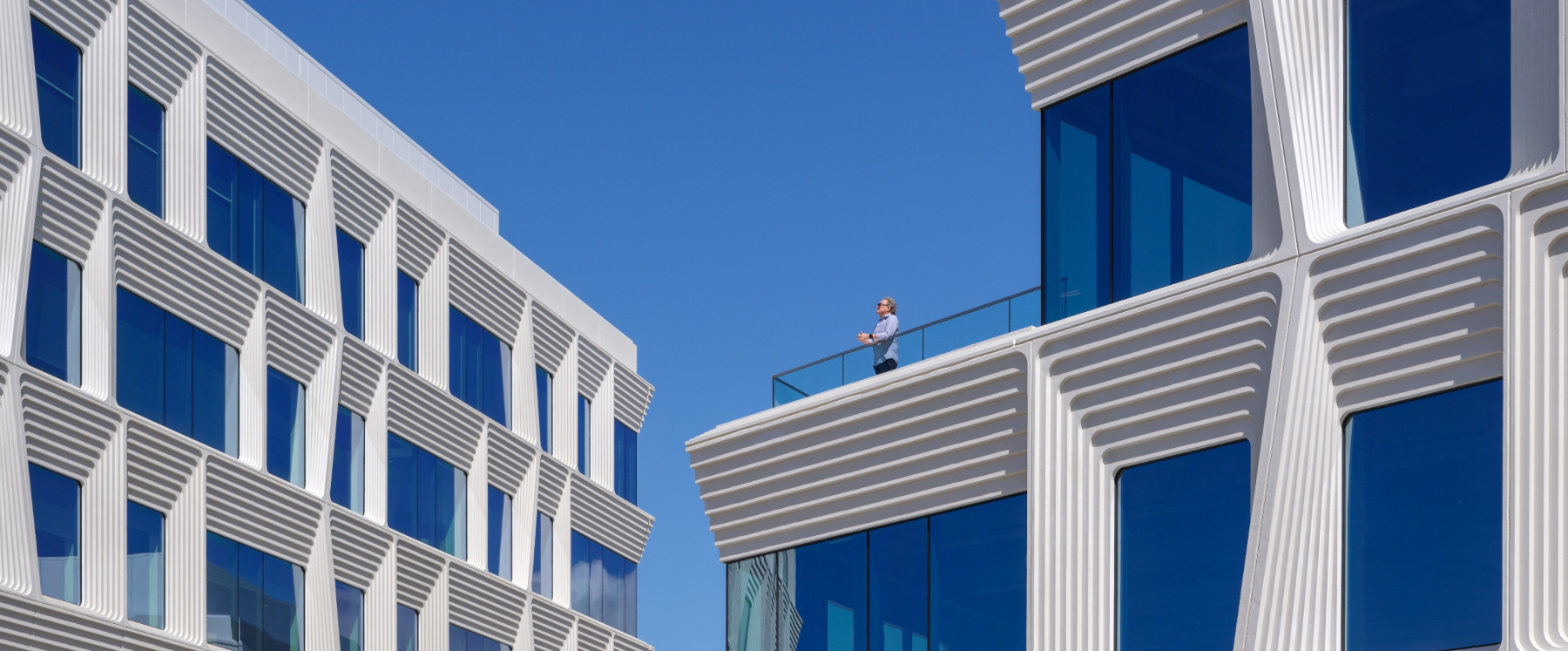
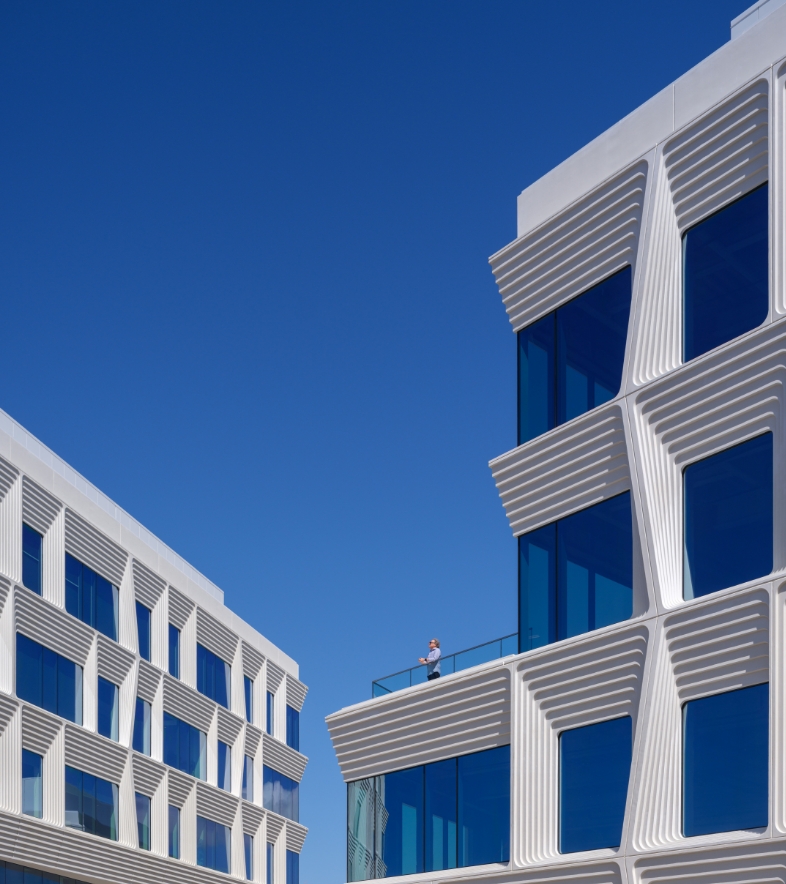
Q: What's one of the most innovative things you've seen recently on a project?A: We know lab buildings use a lot of energy. For one of our projects the city required that we used electrical for heating and cooling, and we also had to put photovoltaic panels in the building wherever we had space for them.
Now that building has achieved one of the best energy efficiency ratings in our entire portfolio. I think that speaks volumes about what we need to do in terms of changing how we design. I think we need to encourage more of that because with the climate crisis we're dealing with around the world, we need to figure out how to get a steady supply of energy into our buildings and make it work.
If we're going into more data science, AI, and computation-related direction, and then eventually with robotics as part of the equation, there will be a distinction between human spaces, non-human spaces, and co-habitated spaces with human-robot collaboration.
Human spaces require natural daylight and a connection to nature as much as possible versus data spaces or machine spaces, where it doesn't matter. They just need power and cooling and heating to maintain a workable temperature, but maintaining power will be critical. So, I see the requirements for battery, electric generation, and other environmentally friendly solutions to this.

There will be a distinction between human spaces, non-human spaces, and co-habitated spaces with human-robot collaboration.
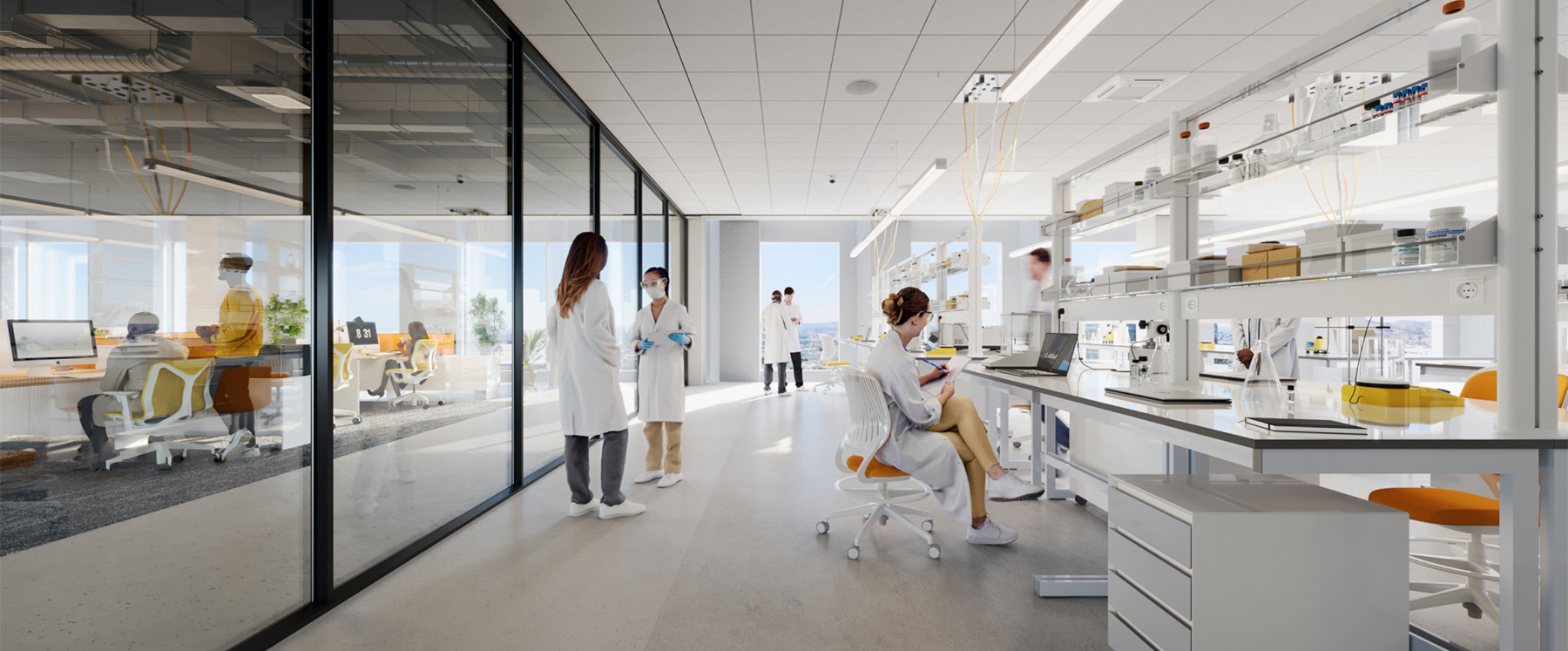
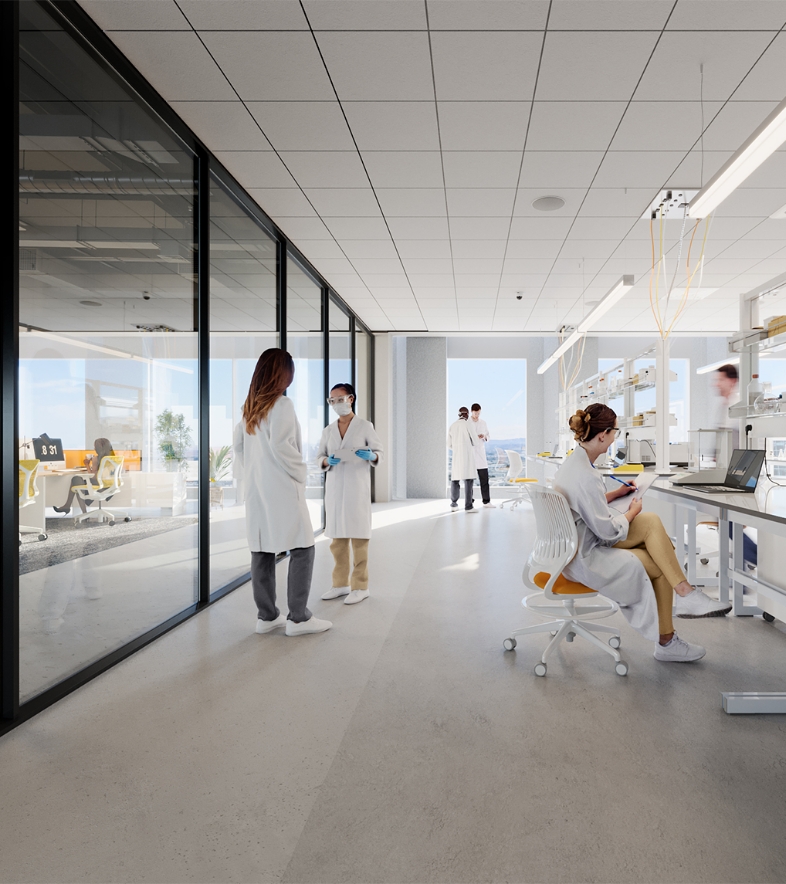
Q: Focusing on human spaces, there has been an increased emphasis on natural light, science on display, and connections to people and nature. Will that continue?A: Yes, I think we'll continue to see more of this. It's about people. There needs to be incentive for people to come into these workspaces. The workplace needs to offer something that you can't get at home, which is the collaboration with your colleagues or whomever you're working with and being close to the research or experiments that you're doing.
In the programming meetings that I've been in, the researchers don't want to be far away from their research. They want to be close, and that suggests to me that the idea of science on display is not as much for the public as it is for people who are working there or doing their research, who are able to be in a human space but can look over to see what's going on in person. I'm sure it can be done with cameras, but it's not the same.

I think AI is exponentially more complex, and it really challenges how we work.
Q: How will artificial intelligence impact labs?A: AI will not replace labs, but it will amplify and enhance how we do our work. The thing that we're going to be struggling with is validation and security of AI.
I don't know what kind of a world we're going to be living in within the next 10-20 years, but it's definitely going to be interesting.
We had the industrial revolution, which changed things overnight, then we had the computer revolution, and then more recently the internet revolution. I think AI is exponentially more complex, and it really challenges how we work. I think we are better prepared for it now than if it were 10-20 years ago. No one can ever be fully prepared for such a disruptive force, but now that it's here, we need to learn how to embrace and work with it.
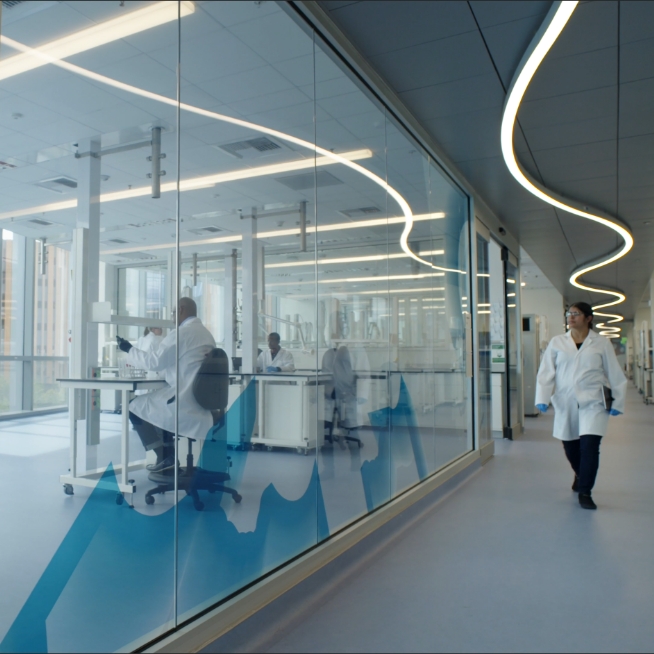
Share your thoughts or questions on these topics or others you'd like to hear our experts address. Email us 